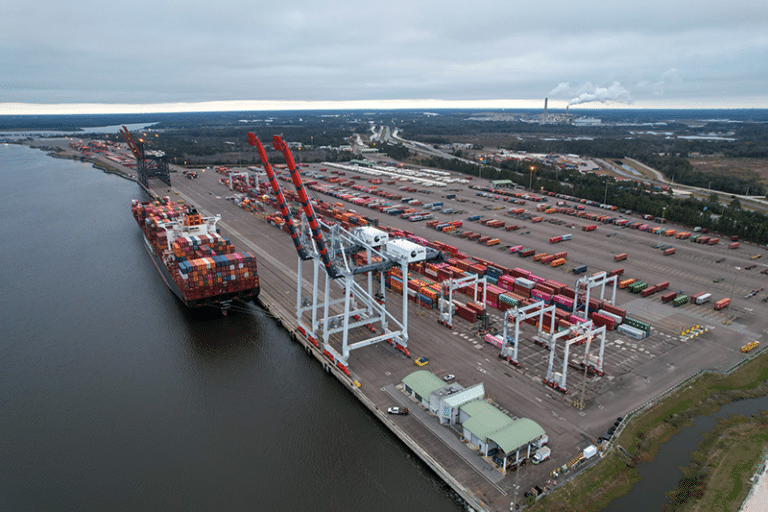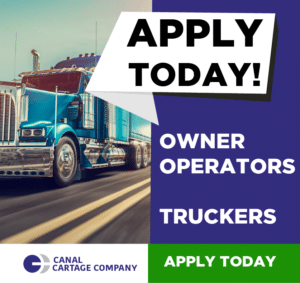Domestic drayage is an integral part of the logistics industry, and it plays a crucial role in the transportation of goods across the country. Drayage refers to the transport of goods over short distances, typically from a port to a warehouse or from a warehouse to a distribution center. However, there are several challenges that domestic drayage companies face on a daily basis that can impact the efficiency and profitability of the entire supply chain.
In this article, we’ll explore some of the most common obstacles in domestic drayage company’s operation processes and discuss how they can be addressed to ensure the seamless transportation of goods from one point to another.
Lack of Standardized Regulations
One of the significant challenges facing domestic drayage companies is the lack of standardized regulations. The regulations governing drayage transportation vary from state to state, making it difficult for companies to operate across different regions. This inconsistency in regulations can cause confusion and result in delays, leading to increased costs and decreased productivity.
What to Do
Stakeholders need to work collaboratively to establish standardized regulations that are consistent across all regions. Establishing a clear set of regulations can help ensure that drayage companies operate within a level playing field, promoting fair competition and improving overall efficiency.
Additionally, implementing technology solutions such as electronic logging devices (ELDs) and GPS tracking can help ensure compliance with regulations, reduce paperwork, and increase transparency in the drayage industry.
Limited Transportation Infrastructure
Another challenge facing domestic drayage companies is the limited transportation infrastructure.In many cases, there is insufficient infrastructure to support the movement of goods from one location to another. This can result in delays, increased costs, and decreased productivity.
What to Do
To address this challenge, it’s essential to invest in infrastructure development. Building new roads, bridges, and intermodal facilities can help improve the efficiency and capacity of the transportation network.
Companies can also explore alternative transportation modes such as rail and waterway transportation to reduce truck traffic on congested highways.
Capacity Constraints
Capacity constraints are a significant challenge facing domestic drayage companies. The capacity of the drayage industry is limited, and there is often a shortage of available trucks and drivers to meet demand. This can result in delays and increased costs for shippers.
What to Do
- Drayage companies need to explore innovative solutions such as technology and automation.
- By leveraging technology, companies can optimize routes, improve scheduling, and increase overall efficiency.
- Automation solutions such as driverless trucks and warehouse automation can also help address capacity constraints and reduce the reliance on human labor.
Driver Shortage
The driver shortage is a significant challenge facing the entire logistics industry, including the drayage sector. The shortage of qualified drivers has led to increased competition for available drivers, resulting in higher wages and increased operating costs for drayage companies.
What to Do
- Drayage companies need to invest in driver training and retention programs. By providing training and career advancement opportunities, companies can attract and retain qualified drivers.
- Another alternative is to improve workforce solutions such as the use of independent contractors and part-time drivers to supplement their driver pool.
Rising Fuel Costs
Rising fuel costs are a significant challenge facing the drayage industry. Fuel costs are a significant expense for drayage companies, and the volatility of fuel prices can make it difficult to forecast costs accurately.
What to Do
- Explore alternative fuel sources such as natural gas and electric vehicles. These alternative fuel sources can help reduce fuel costs and promote environmental sustainability.
- Implement fuel-efficient driving practices and optimize routes to reduce fuel consumption.
Technology and Automation Solutions
Technology and automation solutions can help address many of the challenges facing the drayage industry. By leveraging technology such as GPS tracking, ELDs, and warehouse automation, companies can improve efficiency, reduce costs, and increase transparency in the drayage supply chain.
What to Do
- Automation solutions such as driverless trucks and warehouse automation can also help address capacity constraints and reduce the reliance on human labor. These solutions can help increase efficiency and reduce costs while improving overall safety.
Collaboration and Communication
Collaboration and communication are essential in addressing the challenges facing the drayage industry. By working collaboratively with industry stakeholders, companies can establish standardized regulations and promote fair competition. Additionally, effective communication between shippers, carriers, and drivers can help improve efficiency and reduce delays.
What to Do
- To promote collaboration and communication, companies can invest in technology solutions such as electronic data interchange (EDI) and transportation management systems (TMS). These solutions can help streamline communication and promote transparency in the drayage supply chain.
Overcoming the Challenges of Domestic Drayage
The drayage industry faces several challenges that can impact the efficiency and profitability of the entire supply chain. By taking these challenges into account, domestic drayage will be able to foresee more challenges along the way. At Canal Cartage, we have perfected the art of overcoming obstacles in domestic drayage and we are ready to help your company do the same. Contact us today for a free consultation on how we can help.



